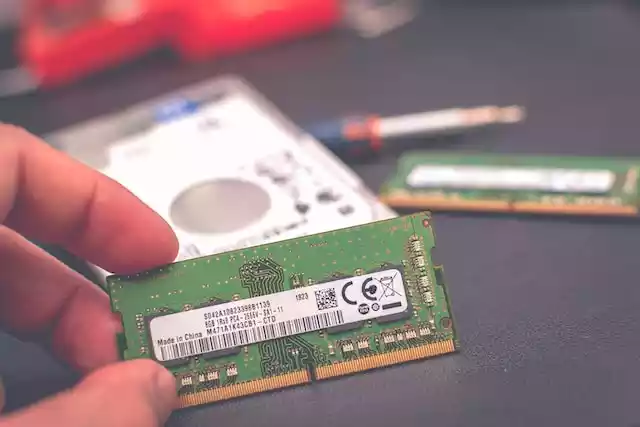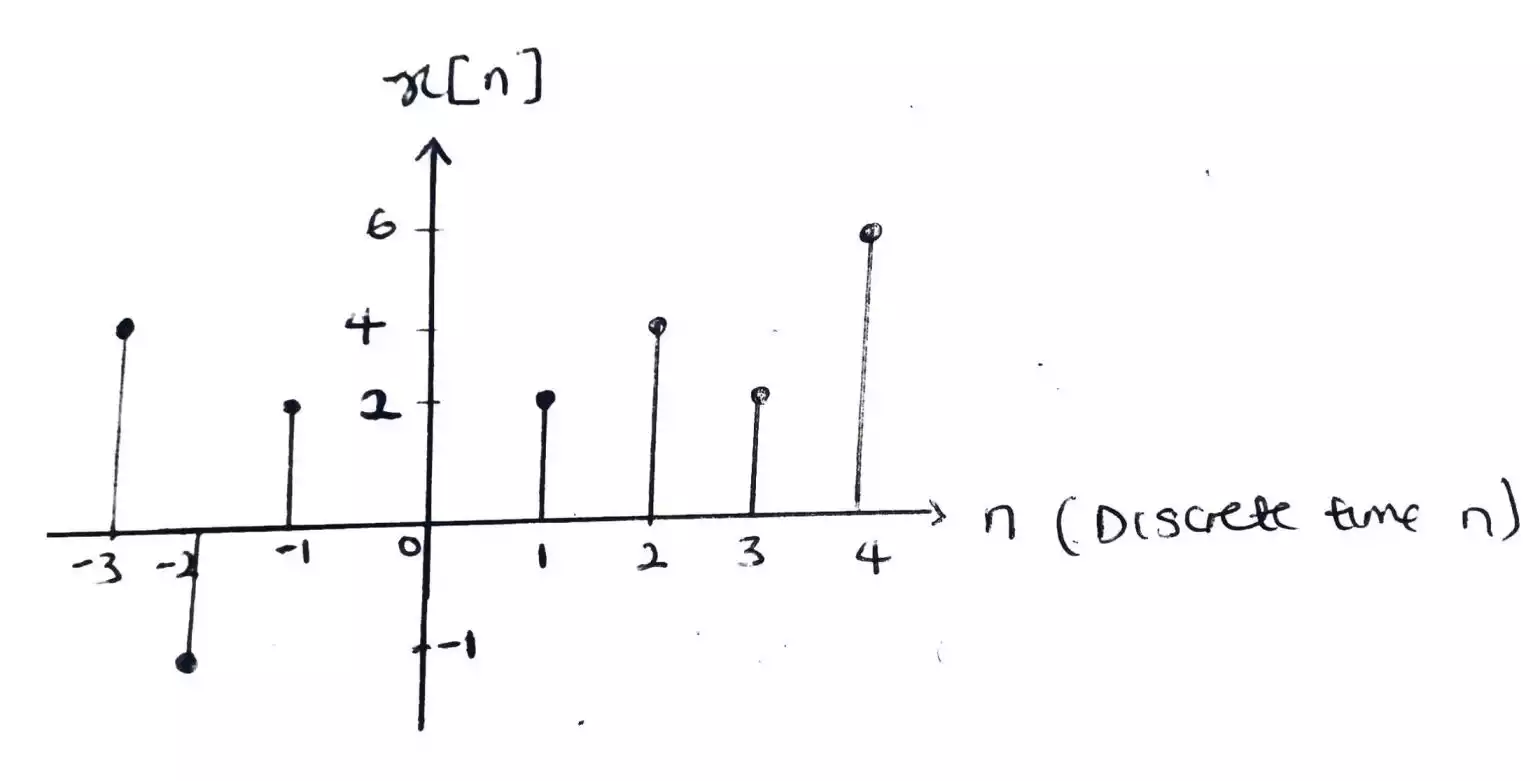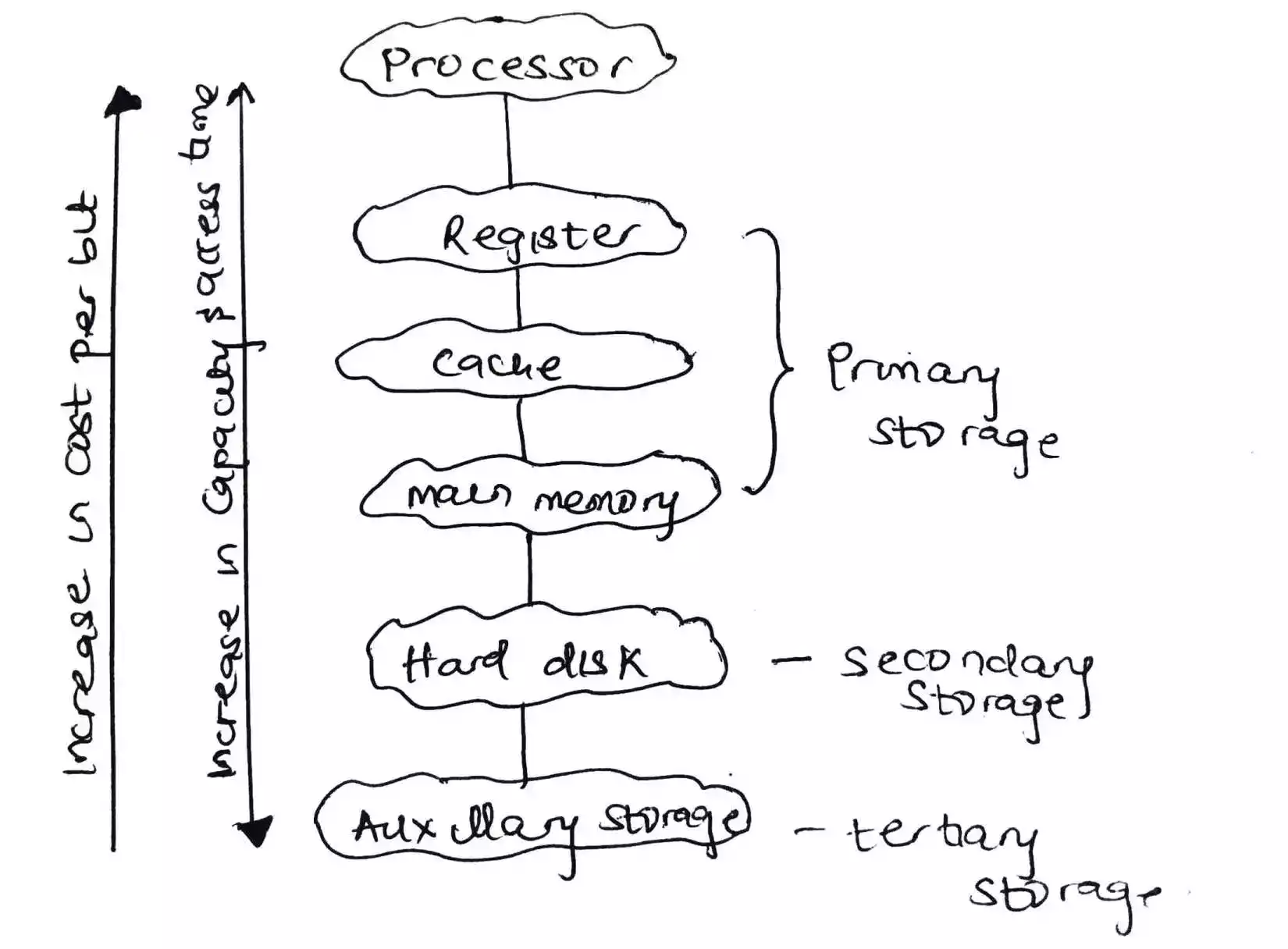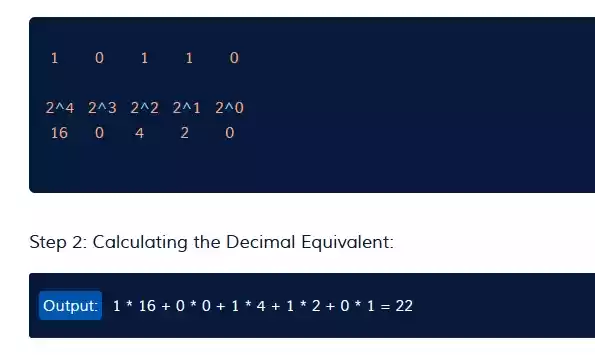Why do computers use the binary system instead of the decimal system?
In short, computers use the binary system instead of the decimal system because, binary system consist of just two digits 0 and 1 which is analogous to the state (either “on” or “off”) of the electronics switches (transistors) that computers are made up of.
But for decimal it consists of ten digits (0 1 2 3 4 5 6 7 8 9) which can lead to hardware complexity.
What is Binary Number System?
The binary number system is the simplest number system, as it consists of only two digits, one (1) and zero (0).
These binary digits are called bits.
What is Decimal Number System?
The decimal number system, also known as the denary system, is the base-10 system we use in everyday life.
It consists of ten digits: 0, 1, 2, 3, 4, 5, 6, 7, 8, and 9.
Why Computers Use Binary?
1. Electronic Basis
Computer systems are made up of billions of electronics switches called transistors — which can either be in a state of “on” or “off”.
The binary digits — 0 and 1 correspond to the states of electronic switches (transistors), where 0 represents “off” and 1 represents “on.”
2. Boolean Logic Gates
The Central Processing Unit (CPU) of a computer is constructed using Boolean logic gates, such as AND and OR gates.
These gates operate on binary inputs (0 and 1) and produce binary outputs.
This fundamental architecture is designed to process information in a binary format.
3. Allows for Simplicity and Reduced Hardware Complexity
Using only two digits simplifies the design and operation of digital circuits. This reduces the complexity of hardware components and makes them more reliable.
4. Unambiguous Signals
Binary signals (i.e., have two levels — High and Low) are clear and unambiguous, making them resistant to noise and interference. This ensures reliable data transmission and processing.
5. Efficient Arithmetic Operations
Binary addition is simpler than decimal addition. With only two digits (0 and 1), the possibilities are limited and straightforward: 0 + 0 = 0, 0 + 1 = 1, 1 + 0 = 1, and 1 + 1 = 0 with a carry of 1.
This simplicity makes it a perfect fit for digital circuits, where XOR and AND gates can be used to perform these operations efficiently.
Binary multiplication is just as easy. Multiplying by 0 always gives you 0, and multiplying by 1 leaves the original number unchanged.
These simple rules make binary arithmetic a natural choice for computers, where speed and efficiency are paramount.
FAQs
1. Can computers understand any number system other than binary? Computers are inherently designed to comprehend and process information in binary.
While there are methods to convert other number systems, the efficiency, and speed lie in the binary domain.
2. Can a computer understand the decimal system at all? Yes, computers can understand the decimal system, but they internally convert decimal inputs to binary for processing.
The binary system remains the native language of computers.




